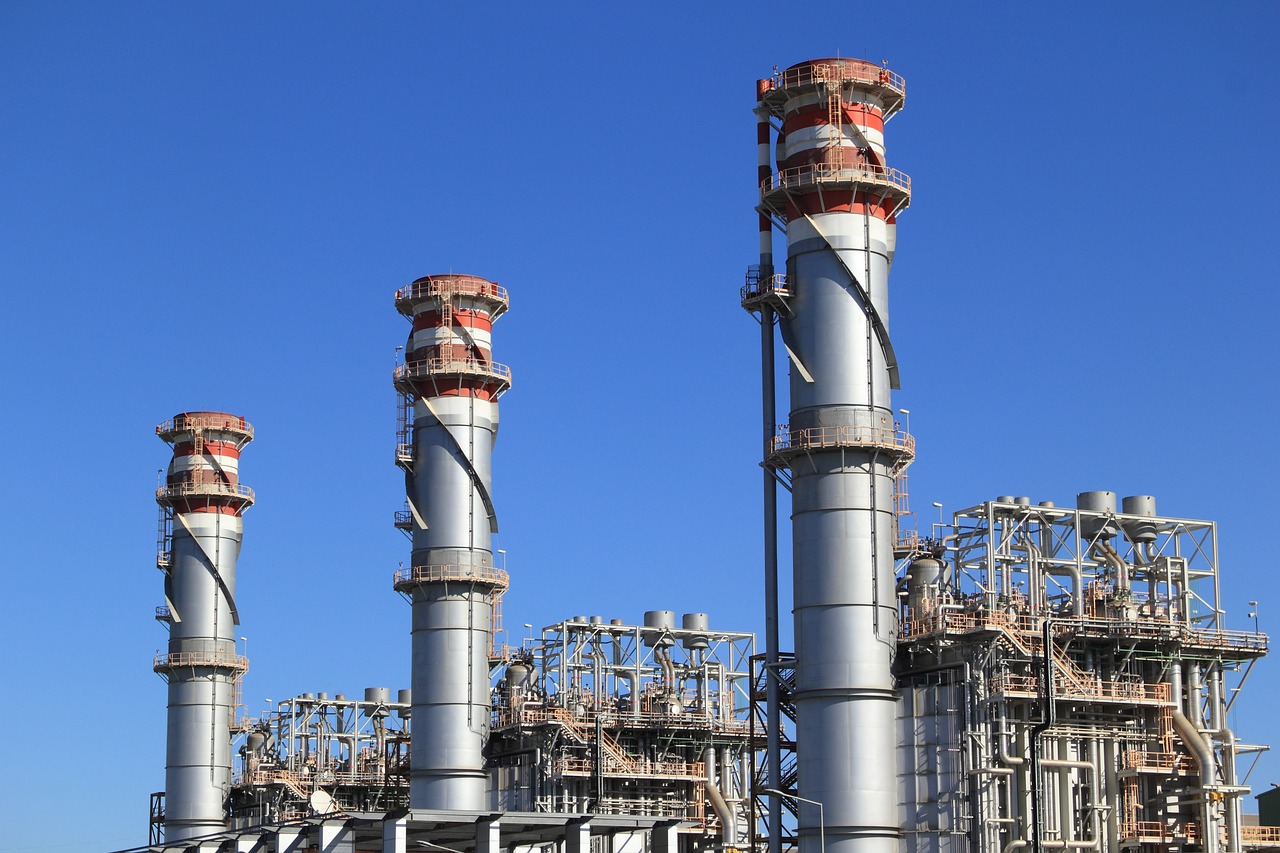Introduction:
As the world grapples with the urgent need for clean, sustainable energy sources, nuclear power has emerged as a promising solution. Within the realm of nuclear power, there are two distinct processes: nuclear fusion and fission. While both involve the manipulation of atomic nuclei, they differ in their underlying mechanisms, energy outputs, and potential for powering our future. In this article, we will explore the intricacies of nuclear fusion and fission and their implications for our energy landscape.
Nuclear Fusion: The Power of the Stars
Nuclear fusion is a process that occurs naturally at the core of stars, where immense heat and pressure cause atomic nuclei to collide and fuse together, releasing a tremendous amount of energy. Scientists have long sought to replicate this process on Earth to harness the same immense power. In fusion reactions, isotopes of light elements, such as hydrogen, combine to form heavier elements, releasing energy in the process.
Advantages of Nuclear Fusion:
Abundant Fuel: Fusion fuels, such as hydrogen isotopes deuterium and tritium, are abundant on Earth. Deuterium can be extracted from seawater, and tritium can be produced within the fusion reactor itself.
High Energy Yield: Nuclear fusion has the potential to produce vast amounts of energy. It is estimated that a single fusion reaction can release several times more energy than a fission reaction.
Safety: Fusion reactions inherently have a higher safety profile than fission reactions since the fusion process can be easily stopped and doesn’t produce long-lived radioactive waste. Additionally, fusion reactors do not run the risk of a runaway chain reaction or meltdowns.
Challenges of Nuclear Fusion:
High Temperatures and Pressure: Achieving the necessary conditions for nuclear fusion is a significant challenge. The extreme temperatures and pressures required to initiate and sustain fusion reactions are difficult to achieve and maintain in a controlled manner.
Plasma Confinement: Fusion reactions occur in a plasma state, where atomic particles are ionized. Containing and stabilizing this plasma to maintain the fusion reaction is a complex engineering problem.
Technological Maturity: Fusion technology is still in its developmental stage, and commercial-scale fusion reactors are yet to be realized. Building a reliable and economically viable fusion power plant remains a significant challenge.
Nuclear Fission: Harnessing the Atom’s Power
Nuclear fission, in contrast to fusion, involves the splitting of heavy atomic nuclei, such as uranium or plutonium. This process releases a large amount of energy in the form of heat. Fission reactions can be initiated by bombarding atomic nuclei with neutrons, causing them to become unstable and subsequently split apart.
Advantages of Nuclear Fission:
Established Technology: Nuclear fission is a mature technology that has been in use for decades. Many countries rely on nuclear fission power plants to generate electricity, contributing significantly to their energy needs.
High Energy Density: Fission reactions yield a tremendous amount of energy per unit of fuel, making nuclear fission an efficient power source. A small amount of nuclear fuel can generate substantial amounts of electricity.
Baseload Power: Nuclear fission power plants provide a stable and continuous supply of electricity, capable of meeting the demands of baseload power, which is essential for grid stability.
Challenges of Nuclear Fission:
Radioactive Waste: Fission reactions produce long-lived radioactive waste that requires careful management and disposal. The safe handling and storage of nuclear waste remain a complex and contentious issue.
Safety Concerns: While nuclear fission power plants have rigorous safety measures in place, accidents such as the Chernobyl and Fukushima disasters have highlighted the potential risks associated with this technology.
Limited Fuel Supply: The availability of fissile materials, particularly uranium-235, is finite. Although there are alternative fuel cycles and breeder reactors that can produce more fissile material, concerns about the long-term sustainability of nuclear fission persist.
Conclusion:
Nuclear fusion and fission represent two distinct paths toward harnessing the immense power locked within atomic nuclei. While nuclear fusion holds the promise of abundant and clean energy, it remains a challenging and complex endeavor. Nuclear fission, on the other hand, is a mature technology that can provide significant amounts of electricity, but it carries inherent risks and concerns regarding waste disposal.
Both nuclear fusion and fission have the potential to shape our energy future. Continued research, technological advancements, and international collaboration are essential to overcome the challenges associated with these processes and unlock the full potential of nuclear power as a clean and sustainable energy source.














